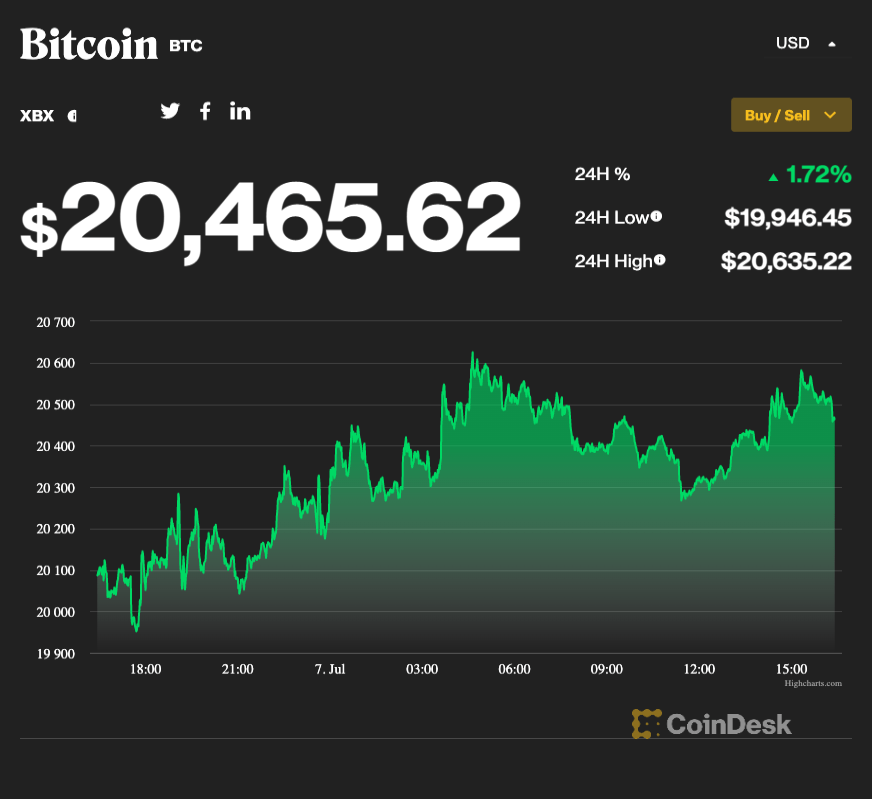Why it is so difficult to get a clear picture of Bitcoin
In a given year across, at least over the last half decade, if you compiled a word cloud from the words used in all the news stories that year, the probability that “Bitcoin” will appear in fairly large, bold letters . It is a topic that draws strong opinions both pro and anti, and no matter what happens to the market, it is those on both sides who will praise that development as a confirmation of everything they already thought. And that makes Bitcoin a very difficult topic to fully and deeply understand.
Chances are high that in the years to come we will all use cryptocurrencies more than we do now, and yet there is limited information out there to prepare us all for such a future. Just as you think you have fully understood and have chosen a “side” in the debate, more news and more analyzes appear that make you take a break and reconsider. Below we will go some distance to explain why this condition is likely to persist for at least a while – and what may bring a possible consensus and broader understanding.
Bitcoin’s price is driven entirely by meaning
We have all heard a lot about “market sentiment” over the years. It plays as much of a role in the cycles of boom and bust as just about any other factor; Even when economic conditions are generally optimistic, it means very little if people are not confident in spending their money. But when it comes to fiat currency, there are at least other factors that govern the value of money. When it comes to cryptocurrency, a market can see big rises and falls based solely on tweets from Elon Musk. For the most part, market sentiment is the only thing driving the price of Bitcoin – which means that when it falls, it falls hard.

Everyone knows the value of the currency in their pocket
American consumers know what a dollar is, because they use it to buy milk and bread. The same goes for British consumers and their pounds, and Indian customers with their rupees. Cryptocurrencies are not often used for consumer purchases, so offering people the chance to own 0.0007BTC means little to the average consumer. (It’s about $ 14.36, or just under 1119 rupees). Although this is not very meaningful in itself – how many of us even without Google know what the currency is in Serbia, for example? – Being able to judge a currency against what it buys helps to give it a certain duration.
Bitcoin certainly has a place
All in all, there is some unrest in the world at the moment, and the likely direction of travel is that it will continue for the foreseeable future. This is likely to play out in the foreign exchange markets and affect economies. So there is something to be said for a currency that has the same value everywhere, and that does not require the involvement of banks. This is what makes cryptocurrencies a popular choice on casinogenie.org and is also the reason why it is used in countries with limited banking infrastructure such as El Salvador. It also makes it a popular means of transferring wealth in and out of countries with oppressive regimes, as we have seen in Ukraine and Syria, among others.
Until it gets a broader focus, we will be uncertain
At the moment, it is very difficult to find an objective source that explains what the positive and negative aspects of Bitcoin are. While two particularly engaged sides of the debate direct their criticism at each other, neither side does much to explain it to the people in the middle. And given that, as we have already noted, cryptocurrencies get their value from market sentiment, it is not useful to have a large contingent of people who simply do not know what to think – or know enough to have any thoughts about the market in at all. . Some more informed thinking may develop as governments begin to regulate crypto more, but that may be a while away.
So the overall message, for now, is that Bitcoin, and cryptocurrencies in general, will share opinions for some time to come. And it is someone’s guess who will win their arguments.


